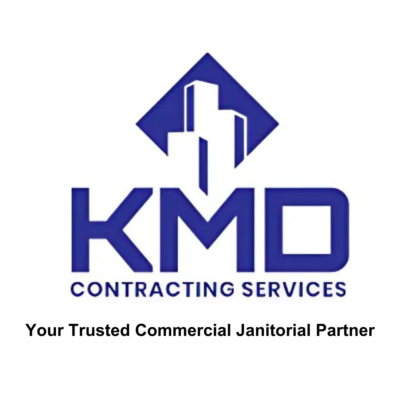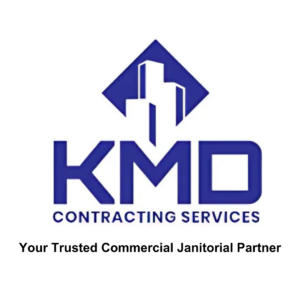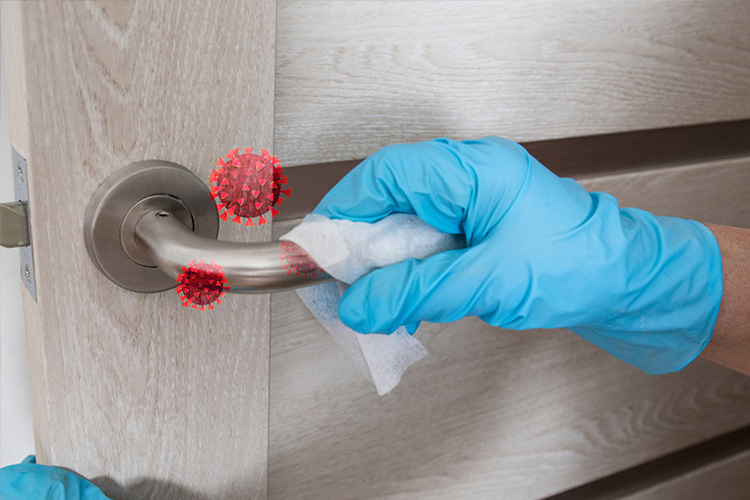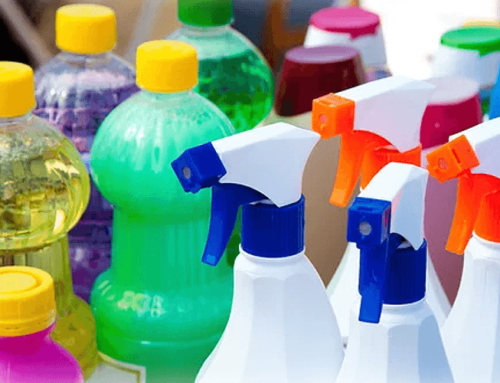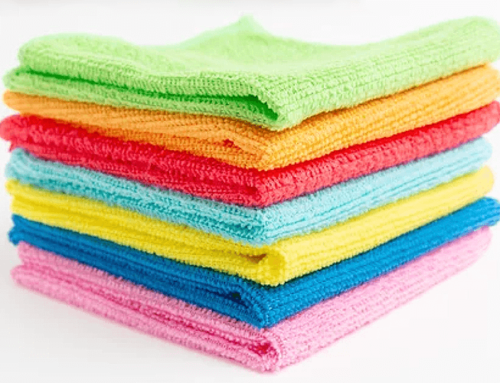We all (especially the parents among us) know beyond a shadow of a doubt that schools are full of germs. Kids have an uncanny ability to touch every surface they pass without giving a second thought to germs or viruses (or, let’s face it, even huge clumps of dirt) that may be hanging out there. What you may not have considered, however, are the number of germs present in offices. We can’t blame all of the germs on kids!
Are germ infested areas slipping right by you?
Your commercial cleaning company needs to pay special attention to certain germ-ridden areas shared by both schools and offices. Here are 6 germ hotspots to watch for:
-
Doorknobs and entranceways:
Did you ever watch your mother pulling open doors with her hand covered with her sleeve, so she didn’t have to touch the actual handle? It wasn’t such a bad idea. There is no possible way to guarantee that everyone who has touched a doorknob has washed their hands thoroughly first.
CBS News reported on a study that involved researchers placing a tracer virus on office doorknobs and tabletops. A few hours later, 40-60% of the workers in the office had picked up the viruses; they had also spread it to several other office surfaces.
-
Elevator buttons, vending machine buttons, microwave buttons, water fountain, or bubbler buttons ““ basically all of the buttons!
Any places that little hands (or big hands ““ germs don’t discriminate) touch are breeding areas for bacteria and viruses that can cause all kinds of unpleasant illnesses.
-
Desks and tabletops:
This is one of those staggering statistics that doesn’t seem to make sense. But on average, desks harbor 400 times more germs than toilet seats. The average desktop has 20,961 germs per square inch, not even counting the computer keyboard and mouse, according to a 2018 study reported in The Independent. Children’s desktops are germ hotspots, and in middle schools and high schools, they are touched by several students every single day as classes switch in and out of classrooms. Those children may be sneezing, coughing, blowing their noses, and then touching the desks. Library tables are other hotspots in schools for the same reason
-
Photocopiers:
These are in both offices and schools and are located in common areas. Although they may not be touched by children, teachers carry more than enough germs to make photocopier buttons a risky click.
-
Phones:
We won’t get into the number of germs found on an average cell phone (but just in case you’re wondering ““ 10 times more than on the average toilet seat!) because your employers can’t follow office workers and teachers and demand they sanitize their phones. However, unlike many homes, both offices and classrooms still have landlines, and those receivers and keypads are additional places for germs to hang out.
-
Sink faucet handles:
It stands to reason that sink handles in restrooms would be loaded with bacteria and viruses. But what about sink handles in other places? Breakroom sink faucet handles are germ hotspots that need frequent disinfecting. People touch those (plus the microwave and fridge handles) before they prepare food and eat, making them a problematic place for unpleasant microorganisms. A study by Kimberly Clark concluded that “The results reinforce the crucial role of contract cleaners, whose services go a long way in successfully disinfecting office common areas at the end of every day,” but went on to add that as soon as workers began using the breakroom, the germ cycle would start all over again unless office managers educated their staff on the importance of handwashing and use of sanitizing wipes.
Before we had ever heard of COVID-19, we were concerned about several viruses and bacteria that could easily cause illness when spread from one person to another in schools or offices. Obviously, we do need to worry about COVID-19, but those other germs haven’t gone away! The following illnesses can contaminate common surfaces in no time:
- Norovirus
- Staphylococcus aureus
- E-coli
- Influenza
- Rotavirus
- Hepatitis A
- Salmonella
- Helicobactor pylori
This doesn’t even begin to cover it: an NIH study found bacterial genera such as “Streptococcus, Corynebacterium, Flavimonas, Lactobacillus, and members of the Burkholderiales,” plus many (many!) others.
There are certain things you can’t control. Your cleaning technicians can conscientiously work to disinfect and sanitize, but you have no way of changing the statistics of how many people don’t wash their hands regularly (25%). It’s true that 95% of people wash their hands “improperly,” including 33% of people who don’t use soap when they wash their hands. Those people may be a lost cause. However, you can make sure that the remaining 67% of people who are inclined to use soap never find themselves in a situation where the dispenser is empty.
As a commercial cleaning company owner, we train our employees in disinfecting methods and cleaning routines. KMD also make sure that they are all aware of the germiest hotspots. KMD Contracting Services will educate office managers and school principals about these hotspots and the importance of sanitizing wipes and frequent handwashing with soap so that they can pass on the cautionary tales to their employees, teachers, and students.
Is your janitorial company ensuring the cleanliness of these key areas and more in your school or office? Contact KMD Contracting Services to learn more about how we help offices and workplaces stay clean and healthy.
